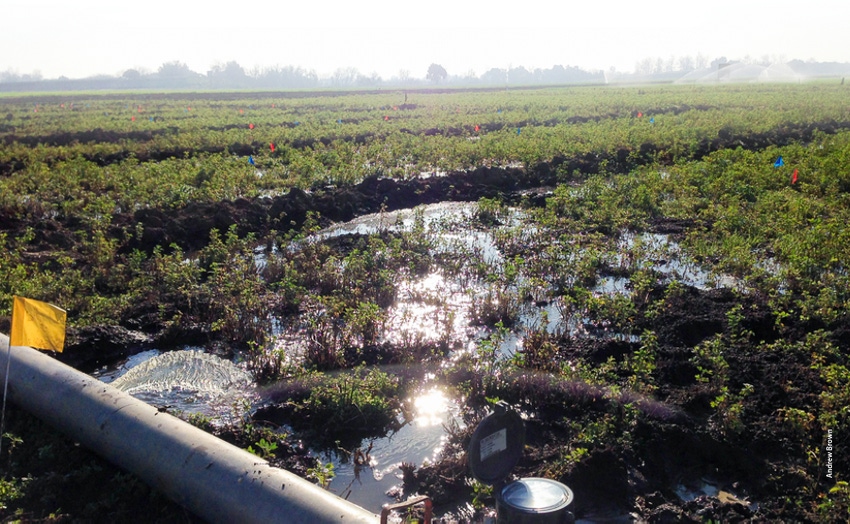January 31, 2020

Local agencies representing 19 of the state’s most stressed groundwater basins are required to submit plans to the state by midnight tonight on how they will manage their basins to achieve sustainability by 2040.
Several plans were submitted early and were posted online today, starting a public comment period which closes on April 15, 2020. The remaining plans will be posted online in the coming weeks for a 75-day public comment period.
Overpumping of groundwater has led to a variety of negative effects including reduced groundwater levels, seawater intrusion, and degraded water quality. It has also led to subsidence, which causes damage to critical water infrastructure. In some cases, years of overpumping have left entire California communities and farms without safe and reliable local water supplies.
“Groundwater is a critical component of the state’s water supply resources,” said Karla Nemeth, director of the California Department of Water Resources (DWR). “California’s groundwater basins must be managed for long-term sustainability rather than for short-term need.”
California’s Sustainable Groundwater Management Act (SGMA), signed into law in 2014, requires locally led Groundwater Sustainability Agencies (GSAs) to develop groundwater sustainability plans outlining actions and implementation measures to halt overdraft and bring groundwater basins into sustainable conditions.
Plans for critically overdrafted basins are due today, Jan. 31, 2020. High- and medium-priority basins have until 2022 to submit plans and are required to reach sustainability by 2042. SGMA allows for more than one GSP to be prepared for a single basin as long as the GSAs demonstrate the plans work together through a coordination agreement.
“The premise of SGMA is that local agencies are best suited to craft plans to sustainably manage groundwater basins,” said Joaquin Esquivel, Chair of the State Water Resources Control Board. “If the state finds a groundwater plan is unlikely to achieve sustainability, the Water Board will temporarily step in to work with the local agency and DWR to bring the basin back into compliance.”
GSAs are submitting plans to DWR, the lead state agency providing compliance and regulatory oversight. The State Water Resources Control Board can intervene in basins when local management of groundwater is not successful.
Once a plan is submitted, DWR has 20 days to post it on the website, at which point the plans are open to public comment for 75 days. GSAs will begin implementing their plans immediately after they adopt them.
SGMA directs DWR to evaluate and assess all plans to determine whether each plan is adequate, based on best available science and information, and whether implementation of the plan is likely to achieve the groundwater basin’s sustainability goal. More information about the plan submittal and review process and the significance of managing groundwater for long-term sustainability is contained on DWR’s website.
Groundwater accounts for about 40 percent of the state’s water use in a normal year and up to 60 percent during dry years. Groundwater is the only water supply for approximately a third of California residents, and many municipal, agricultural, and disadvantaged communities rely on groundwater for all of their water supply needs.
Implementation of SGMA is an important component of Gov. Gavin Newsom’s recently released draft Water Resilience Portfolio.
“Groundwater storage will become even more important as California’s changing climate produces less snow and more rain,” Nemeth said. “Groundwater acts as a drought buffer by providing water that is available to use when surface water supplies are diminished.”
Source: California Department of Water Resources, which is solely responsible for the information provided and is wholly owned by the source. Informa Business Media and all its subsidiaries are not responsible for any of the content contained in this information asset.
You May Also Like




